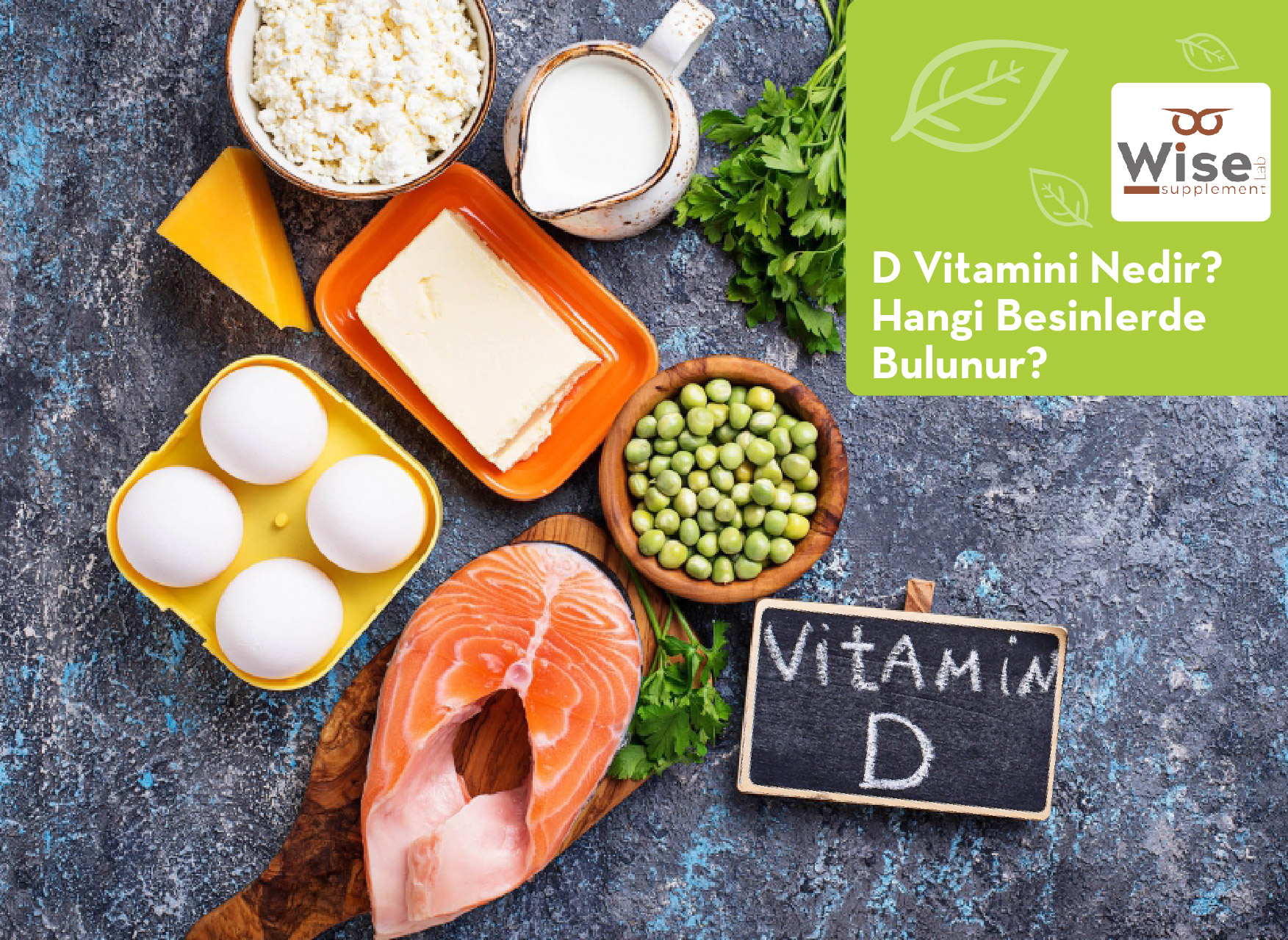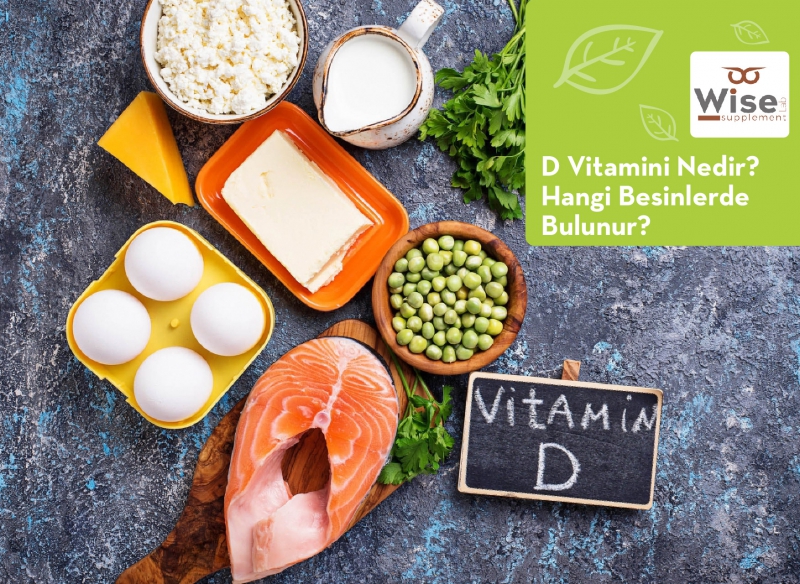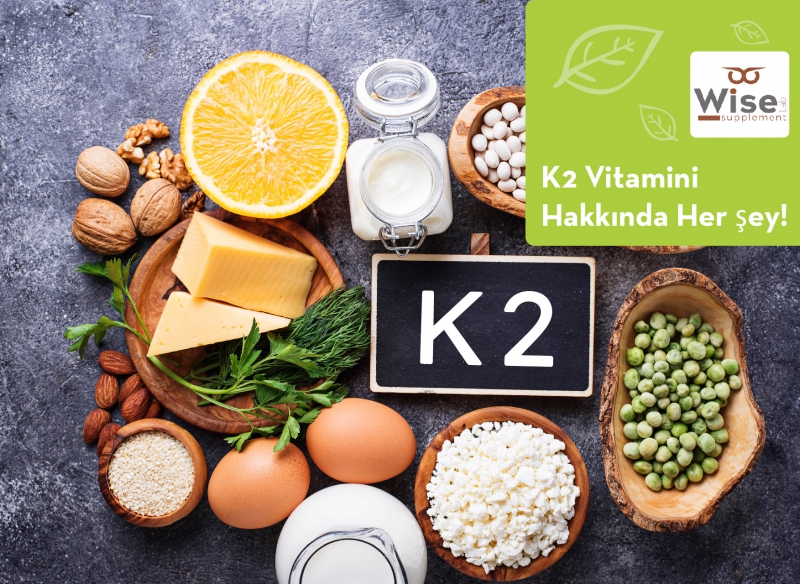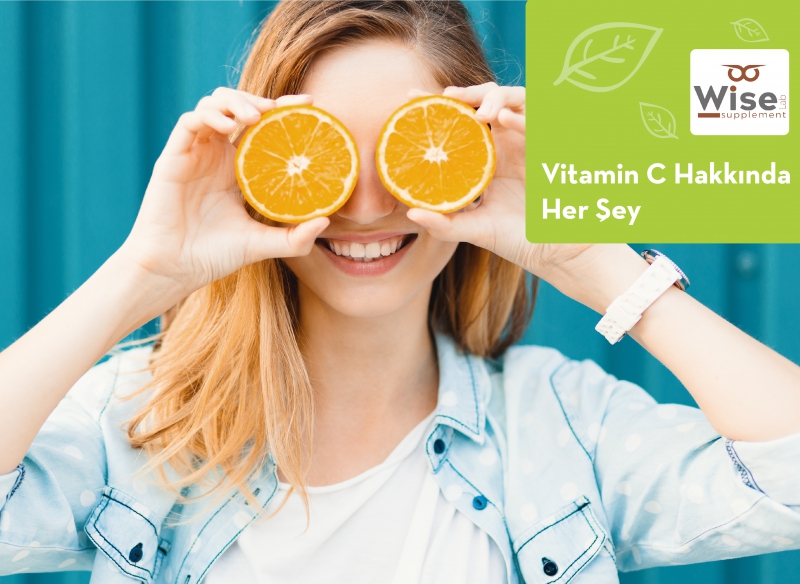
What is Vitamin D?
Vitamin D is a fat-soluble vitamin that is naturally found in very few foods, added to some foods and can be found as a dietary supplement. In addition, when ultraviolet rays from sunlight hit the skin, vitamin D
synthesis can be triggered in the body and produced naturally.
The first of these occurs in the liver and converts vitamin D to 25-hydroxyvitamin D. The latter occurs mainly in the kidneys and forms physiologically active 1.25 dihydroxy vitamin D [1.25 (OH) 2D], also
known as calcitriol. (one) Vitamin D increases calcium absorption in the intestine. It also maintains adequate serum calcium and phosphate concentrations to ensure normal mineralization of bone and prevent hypocalcemic tetany. It is
also required for bone development and bone structure change performed by osteoblasts and osteoclasts. Without enough vitamin D in the body, bones can become thin, fragile, or misshapen.
Having adequate vitamin D levels prevents rickets in children and osteomalacia in adults. Along with calcium, vitamin D helps protect older adults from osteoporosis.
Vitamin D has a role in modulation of cell growth in the body, neuromuscular and immune function, and in reducing inflammation. Many genes encoding proteins that regulate cell proliferation, differentiation,
and apoptosis are partially modulated by vitamin D.
Which foods contain Vitamin D?
-Salmon
Salmon is a popular fatty fish. It is among the foods containing vitamin D as a great source of vitamin D. According to the United States Agricultural Food Composition Database; A 100-gram serving of salmon
contains between 361 and 685 IU of vitamin D.
-Herrings and Sardines
Herring is a fish eaten around the world. It can be served raw, canned, smoked, or pickled. This little fish is also one of the best sources of vitamin D. A 100-gram serving of fresh Atlantic herring
provides 1,628 IU, almost three times the RDI. Sardines are also a good source of vitamin D. One serving contains 272 IU or 45% of the RDI of vitamin D.
-Canned Tuna
Many people love to eat canned tuna because of the flavor and easy storage methods. It is also generally cheaper than buying fresh fish.
Canned light tuna contains up to 236 IU of vitamin D in a 100-gram serving, almost half the RDI. It is also a good source of niacin and vitamin K.
-Oysters
Oyster is a type of clam that lives in salt water. It is a delicious, low-calorie and nutrient-packed food. A 100-gram serving of wild oysters has only 68 calories. However, it contains 320 IU of vitamin D, which
is more than half of the RDI.
-Shrimp
Shrimp is a popular type of shellfish. Unlike other vitamin D-containing seafood, shrimps have a much lower fat content.
However, they contain sufficient amount of vitamin D per serving (152 IU or 25% of the RDI). Although they contain a lowwer amount of vitamin d then other vitamin D -rich foods, they also happen to
contain beneficical omega-3 faty acids.
-Egg Yolk
People who don't eat fish should know that seafood is not the only source of vitamin D. All eggs are great
nutritious foods and good source of vitamin D. Most of the protein in an egg is found in the white, while the fat, vitamins and minerals are mostly found
in the egg yolk.
Typical yolk from indoor-raised chickens contains 18-39 IU of vitamin D, which is not a very high amount. Eggs of chickens fed vitamin D-rich eggs contain 6,000 IU of vitamin D each. This means that the RDI
contains 10 times the amount of vitamin.
-Mushrooms
With the exception of fortified foods, mushrooms are the only plant sources of vitamin D content. Like humans, mushrooms can synthesize this vitamin when exposed to UV light.
However, mushrooms produce vitamin D2 while animals produce vitamin D3. Although vitamin D2 may help raise blood levels of vitamin D, it may not be as effective as vitamin D3.
Regardless, wild mushrooms are an excellent source of vitamin D2. In fact, each 100 gram serving of some mushroom varieties contains 2,300 IU of vitamin D, which is almost four times the RDI.




